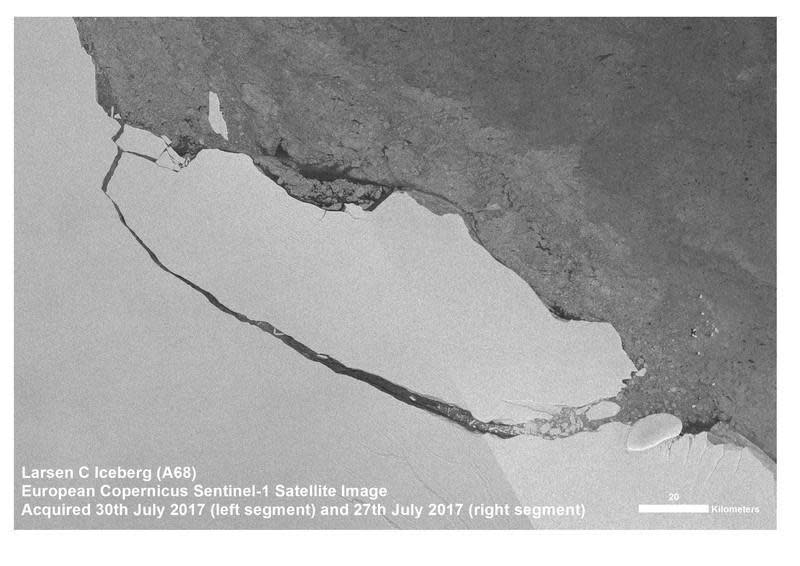World on course for one of warmest years on record even without a natural El Nino boost

Last month was the warmest July in the 137 years since records began, Nasa has revealed.
The average global temperature was 0.83C higher than the average for July between 1951 and 1980, Nasa’s Goddard Institute for Space Studies (GISS) in New York found.
This was a statistical tie with the same last year, which was found to be 0.82C warmer than the average.
“All previous months of July were more than a tenth of a degree cooler,” Nasa said in a statement.
Gavin Schmidt, director of the GISS, tweeted that there was a 77 per cent chance that 2017 could be one of the two warmest years on record.
Prediction for 2017 annual mean in GISTEMP w/Jul data in, 77% chance of a top 2 year. pic.twitter.com/zwZVnEXit3
— Gavin Schmidt (@ClimateOfGavin) August 15, 2017
Each of the past three years have set successive record average temperatures, but last year’s figure was boosted by the natural El Nino weather event. It had been thought 2017’s temperature would be lower as this is no longer happening.
A map of temperature changes compared with the 1951 to 1980 average showed the Antarctic Peninsula was particularly warm in July, when a massive iceberg, about a quarter of the size of Wales, split off from the Larsen C ice shelf.

The average temperature is based on a vast number of readings in thousands of different locations, which anyone can view.
“The monthly analysis by the GISS team is assembled from publicly available data acquired by about 6,300 meteorological stations around the world, ship- and buoy-based instruments measuring sea surface temperature, and Antarctic research stations,” Nasa said.
“The modern global temperature record begins around 1880 because previous observations didn’t cover enough of the planet.
“Monthly analyses are sometimes updated when additional data becomes available, and the results are subject to change.”

 Yahoo News
Yahoo News 
